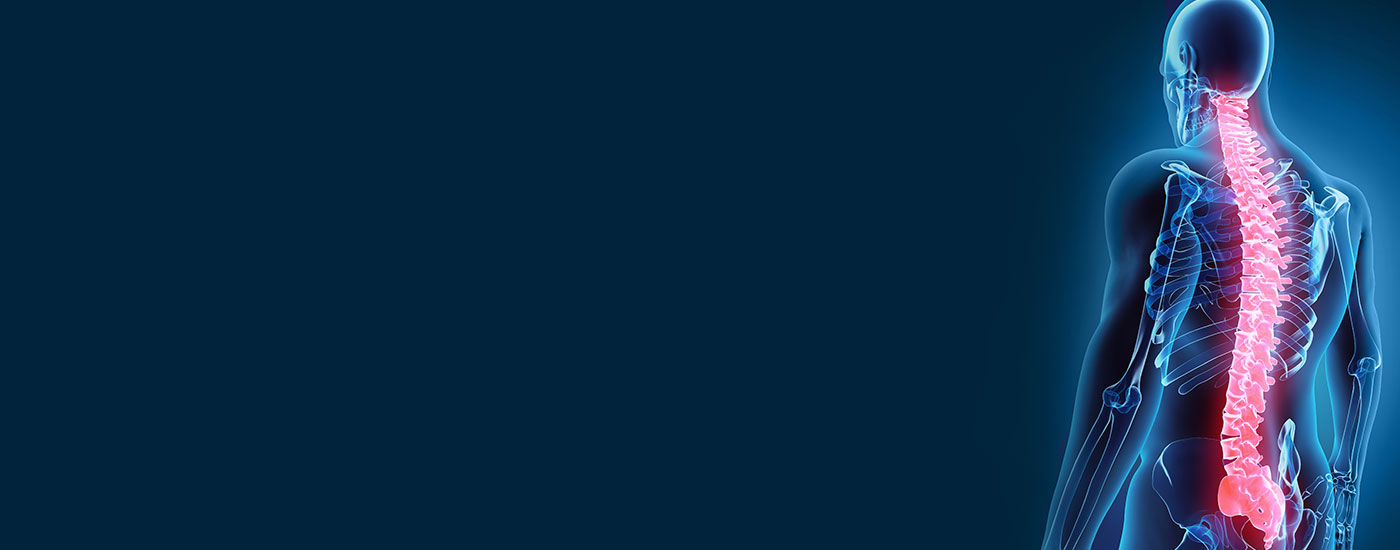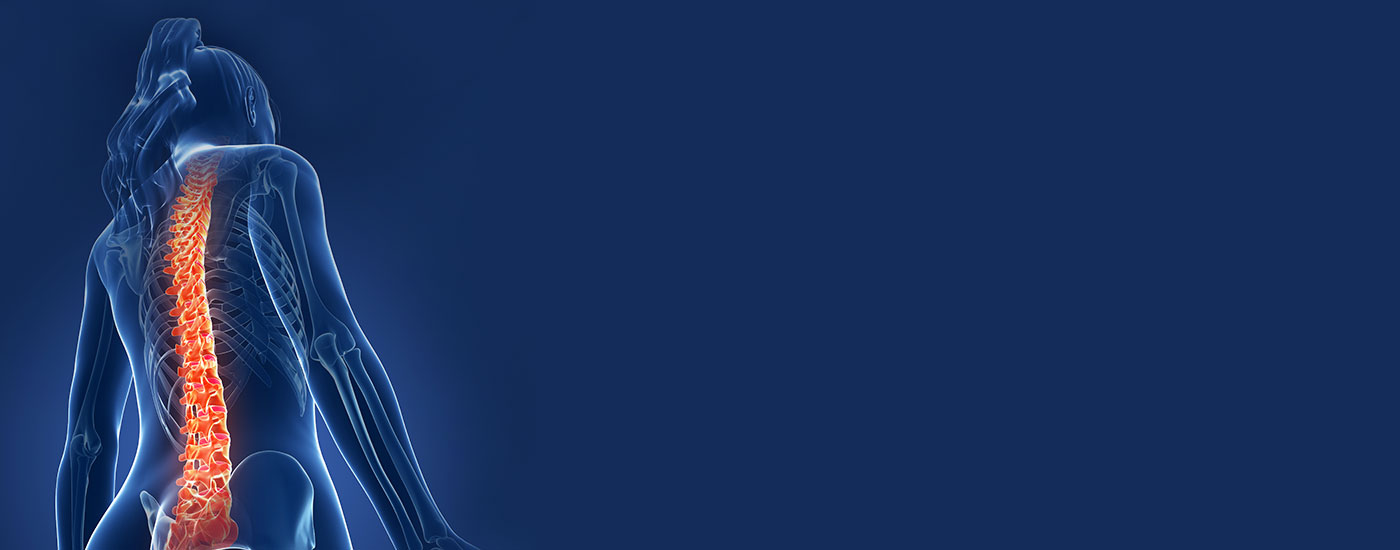

If you have temporary nagging back pain that is from over exertion or it's just plain stiff, try this: Lie on your back on the floor with a tennis ball under the spot that is sore and move your body slowly around on the ball to massage this certain area. This is just a relaxation technique and will not fix the problem, but it will feel somewhat relaxed for awhile.
Sleeping with low back pain is sometimes very difficult, if so try this: If you can sleep on your back, stuff a couple of pillows under your calves/knees to elevate them so that the tension on the low back is reduced and then you may be able to relax better. If you sleep on your side try rolling up a pillow between your legs/knees and this will again reduce the tension on your low back and this may relax you enough to get better sleep. Hopefully you are not sleeping on your stomach, this puts the spine into extension and does more harm than good.
Do you have painful foot arches? Problems with heel spurs? Try this: This helps most people but may not be appropriate for all, use with discretion. Place a golf ball or rolling pin on the floor and take your bare foot and roll it slowly over the ball. Each time you do this put a little more weight on the ball and this way you can work the ligamentous tissue that forms the arch. When this tissue is less tense the tension is reduced from the heel and comfort should set in. This is to say, if there is nothing structurally wrong with your foot or you have not had trauma, surgery, etc., to the foot. (If you are one that has arch pains or heel spurs, you probably can be helped with properly fitted orthotics which support the arch thus taking some tension off of the ligament which the arch is made from.)
How big is your pillow? Neck problems can occur or be aggravated by chronic usage of sleeping on a pillow that is too big. Once lying on your back, your head should not be propped up so that your head is facing towards your feet or that your chin is not touching your chest. Keeping your head in a flexed position like this can cause stress and strain on the muscles and ligaments of the back of your neck. This can perpetuate a head forward posture when standing. You should have a thin pillow with a firm roll on one side so that the roll supports the neck in it's proper curve and the head is on a level plane.
Proper Sitting Posture. While many people are careful to use correct posture while standing, they will often slouch back on a sofa or forward at a desk with no thought to painful spinal consequences. It is true that slouching can bring a measure of relief from fatigued muscles that have been held in one position for a long period. However slouching can radically alter the proper S-curve of the spine. Over time, this type of stress can cause subluxation, disk herniation and/or accelerated disk or joint degeneration. Proper sitting posture is essential to the prevention of backache. Unfortunately, most chairs are designed more for appearance than for comfort. This is especially true of office furniture. Although the new field of ergonomics (the science of adapting the working environment to suit the worker) is making steady progress in this area, it may not be soon enough to save your back.
